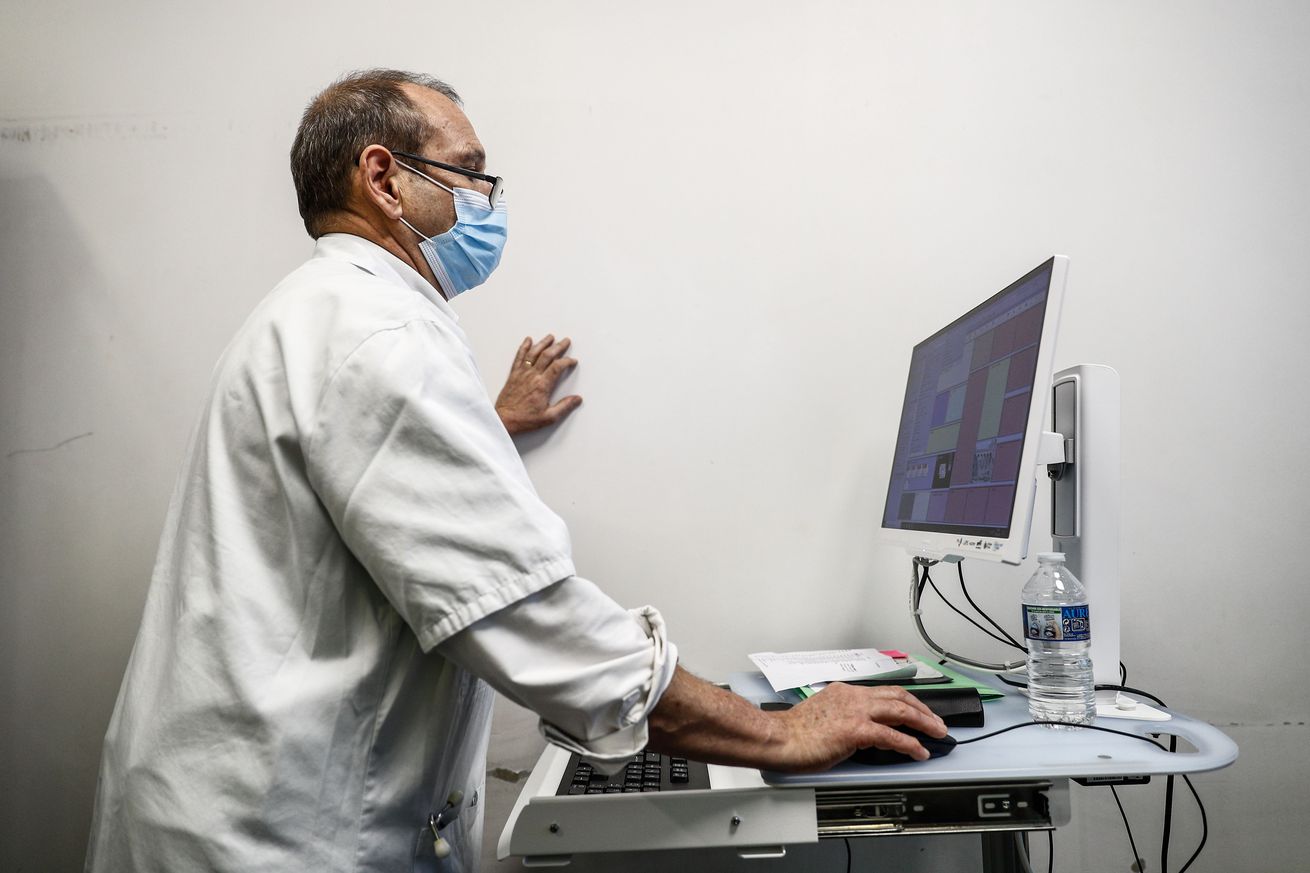
Even as more and more people in the United States start to have access to their medical records online, most are still far more likely to use their computers to log in to patient portals than a smartphone app, according to a new report from the Office of the National Coordinator for Health Information Technology.
Almost 40 percent of US adults said that they accessed their health records through a patient portal in 2020, according to the report, which analyzed data from the Health Information National Trends Survey (HINTS) run by the National Cancer Institute. That’s up from 25 percent in 2014.
The survey only collected data from January through April 2020. That captures the early stages of the COVID-19 pandemic when doctors started to transition to telehealth — which often requires patients to log in through a portal.
Of the people who did use a portal during the study period, around 40 percent said that they only or sometimes used a smartphone app to access it. That lines up with a trend that started even before the pandemic. People have been slow to start using apps for their health records, even though tech companies have been trying to generate interest for years.
Apple, for example, has a health records section in its Health app, and it is available to patients at around 700 hospitals. It’s hard to tell how many patients are actually using it: most hospitals aren’t tracking that data, a MedCity News report found, and Apple declined to tell MedCity News how many people use the feature. But one hospital that did have the information available, UC San Diego Health Sciences, said that only a small fraction of its patients used Apple’s health records.
Google is also working on a medical records tool. It would be Google’s second attempt in this space — it launched Google Health in 2008 before shutting the program down in 2012, citing low adoption.
The report was not able to differentiate third-party apps, like the Apple feature, from apps directly distributed by a healthcare organization or electronic medical record company. The Office of the National Coordinator told The Verge that it is testing additional questions that it hopes capture that nuance on the 2022 survey.
The HINTS data also showed that more and more people are messaging their doctors through their portals. Just under 60 percent of people in the study said they used the systems to send messages in 2020, up from 48 percent in 2017. Again, though, this data only captures the very start of the COVID-19 pandemic. Other analysis of data from electronic health records in 2020 shows that use of the messaging feature spiked around April 2020, and that it stayed high through the rest of the year. Doctors say they’re overwhelmed by the volume.
The reasons people don’t use their online medical records have stayed consistent: people said that they’d rather speak to a doctor directly, and that they don’t see a need to access their medical records online. Around a quarter of people said they found it difficult to log in, and 20 percent said they were uncomfortable with computers.
The COVID-19 pandemic, though, accelerated efforts to make digital health and telemedicine more accessible. Doctors spent the past year helping patients set up online access so that they could get the care they needed without leaving home. This report outlines a baseline comfort level with online records before that work took place. Additional analysis on the rest of 2020 could help show how successful those efforts may have been.